The Research Room will close at 1:00 p.m. on Wednesday, December 31, 2025. Those wanting to do research on that Wednesday or Friday, January 2, 2026 must have their appointments scheduled by Tuesday, December 30, 2025 at 3:00 p.m. All virtual orientations and researcher paperwork must be completed as well.
March Highlights
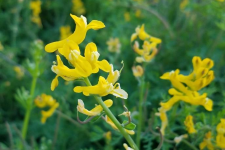
One of the earliest spring wildflowers in the park is known as SCRAMBLED EGGS. It grows here and there throughout the park, growing both singularly and in large masses. (Other early spring native flowers to look for are: Pink evening primrose, Texas yellowstar and both tall and short Winecup).
FUN FACT: Legend has it that the bright yellow flower masses reminded settlers of a plate of scrambled eggs thrown across the grassy ground.
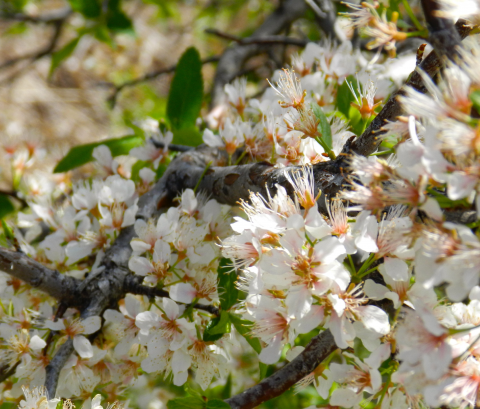
Several trees throughout the museum’s grounds bear beautiful white blossoms in spring. They are MEXICAN PLUM--a small, upright tree that grows to 15-25 feet at maturity. It has fragrant showy white flowers in spring and produces an abundance of small edible plums in late summer.
The native HONEY MESQUITE tree’s blossoms, called “catkins,” are made up of hundreds of tiny yellowish flowers which lure swarms of pollinating insects. Mesquite’s branches start closer to the ground, making it easily identifiable in winter. In other seasons--between the catkins, double-compound leaves and long, pinkish seed pods--it’s very hard to miss.
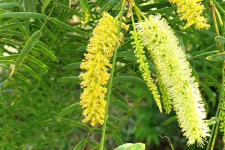
FUN FACT: Mesquite products served as a primary food source for settlers—from coffee to flour to honey.
April Highlights
A common sight in the park from March-July is ENGLEMANN’S DAISY. Growing 2 feet tall, it spreads easily by self-seeding and blankets the grounds most every year.
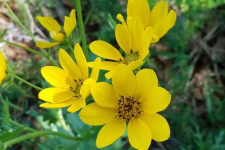
FUN FACT: In the hot afternoon sun, the petals of Englemann’s daisy will fold back as a protective measure to shade itself against the heat, giving a wilted appearance. Don’t worry--it’s temporary
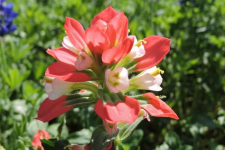
TEXAS PAINTBRUSH is one of the most familiar native flowers of Texas. The red parts are actually tips of a modified leaf called a “bract.” The flowers are small and greenish-white and grow among the bracts.
FUN FACT: This native is a hemiparasite--a plant that possesses chlorophyll and carries out photosynthesis but partially depends on the roots of other plants for water and minerals.
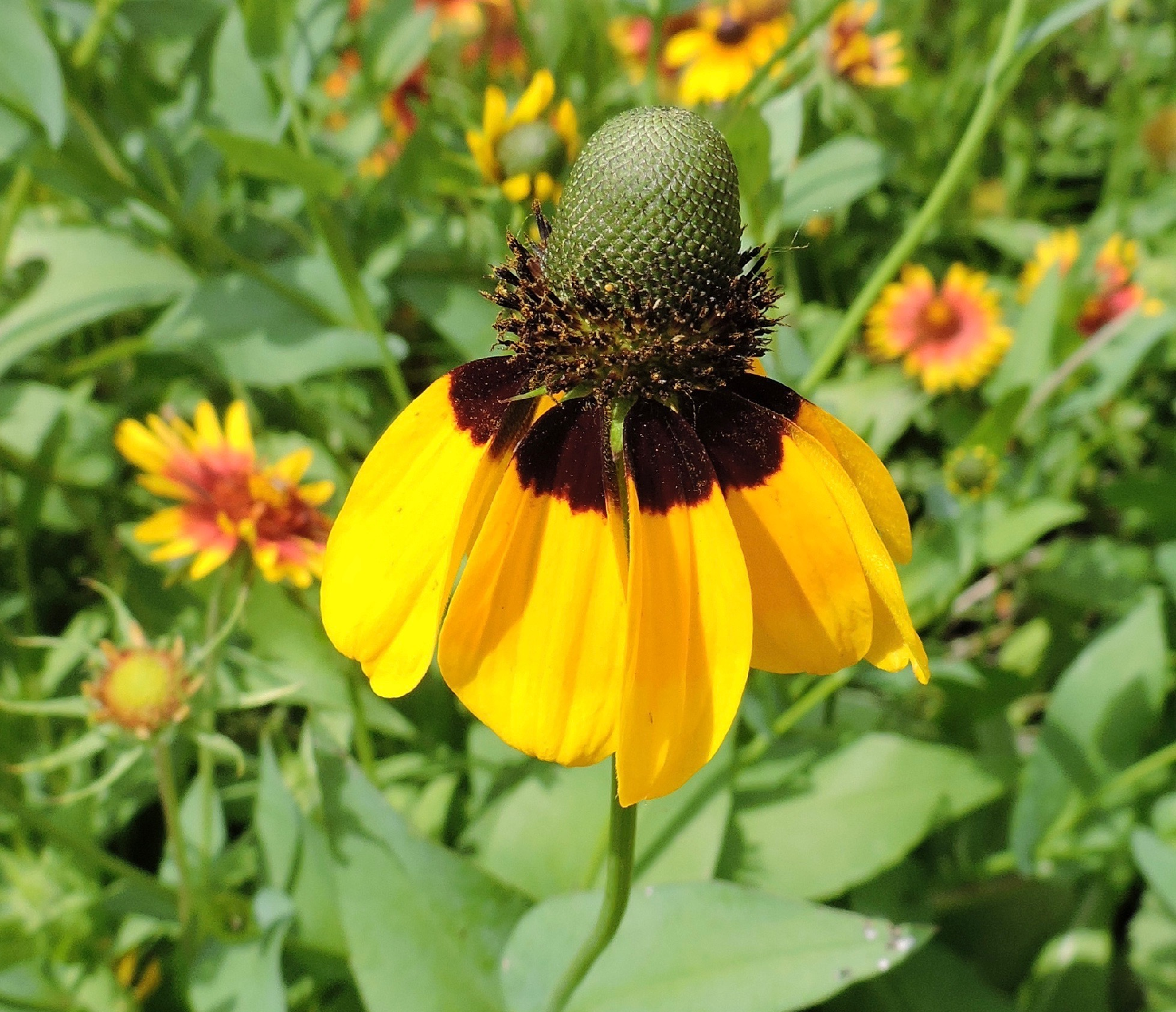
An annual that grows all summer long, CLASPING CONEFLOWER is the first of many varieties of native yellow flowers with brown centers that will grow here throughout the hot summer months.
FUN FACT: This plant is named for the unique way its leaves “clasp” the stem of the flower. This is the main way to tell it apart from other varieties of Black-eyed Susans.
May Highlights
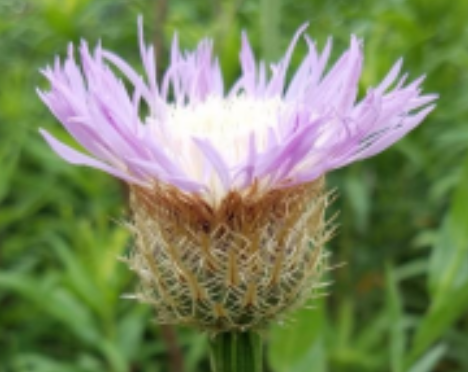
The stringy petals of the AMERICAN BASKETFLOWER have been described as exploding lavender fireworks! A native annual, it blooms from May through July up to 4 feet tall and is an important plant for pollinators such as hummingbirds, butterflies, bees, and moths.
FUN FACT: The name refers to the stiff, straw-colored bracts--just beneath the flower head--which resemble a woven basket.
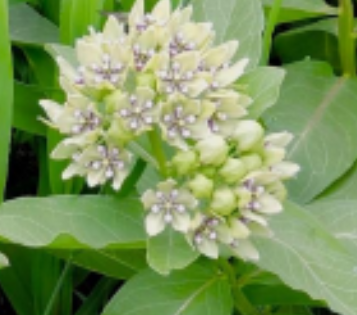
Monarch butterflies will only lay eggs on milkweed, thus GREEN MILKWEED plays a vital part in the lifecycle of the monarch--it provides all the nourishment needed to transform monarch caterpillars into adult butterflies. It even contains a chemical that gives the caterpillar an unappealing taste to birds.
FUN FACT: Once a milkweed seed pod bursts, the hundreds of layered seeds inside are dispersed by the wind--thanks to the white fluff “parachute” attached to the dark seed>
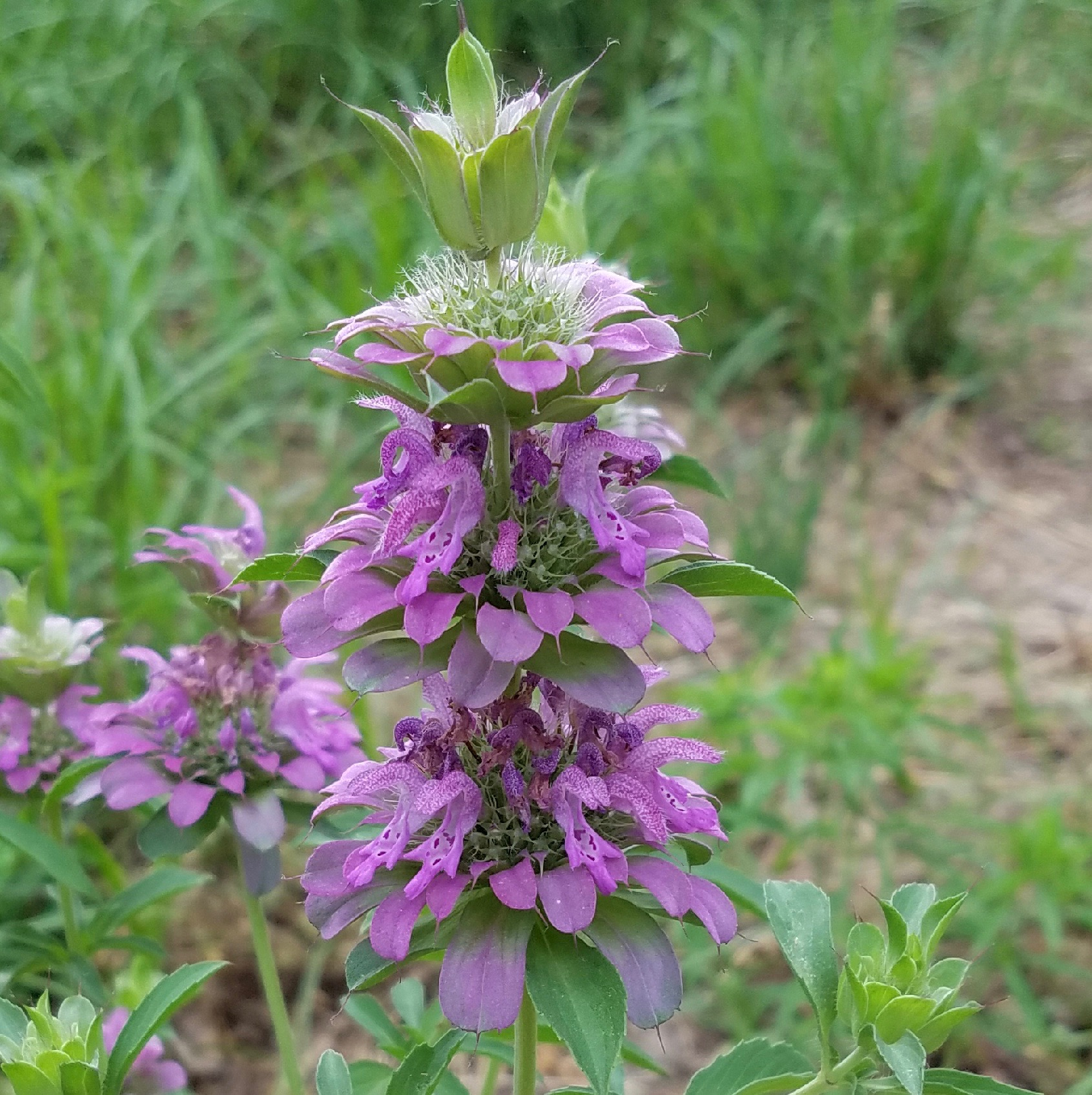
The annual HORSEMINT is a visually stunning addition to the spring landscape! Growing at intervals along each spiky flower’s stem are clusters composed of whorls of lavender flowers, purple bracts (a type of leaf) and green leaves--all turning downwards, making a beautiful display.
FUN FACT: Horsemint has a distinctive citrus or lemony scent when the leaves are rubbed or crushed, giving it another common name--lemon mint.